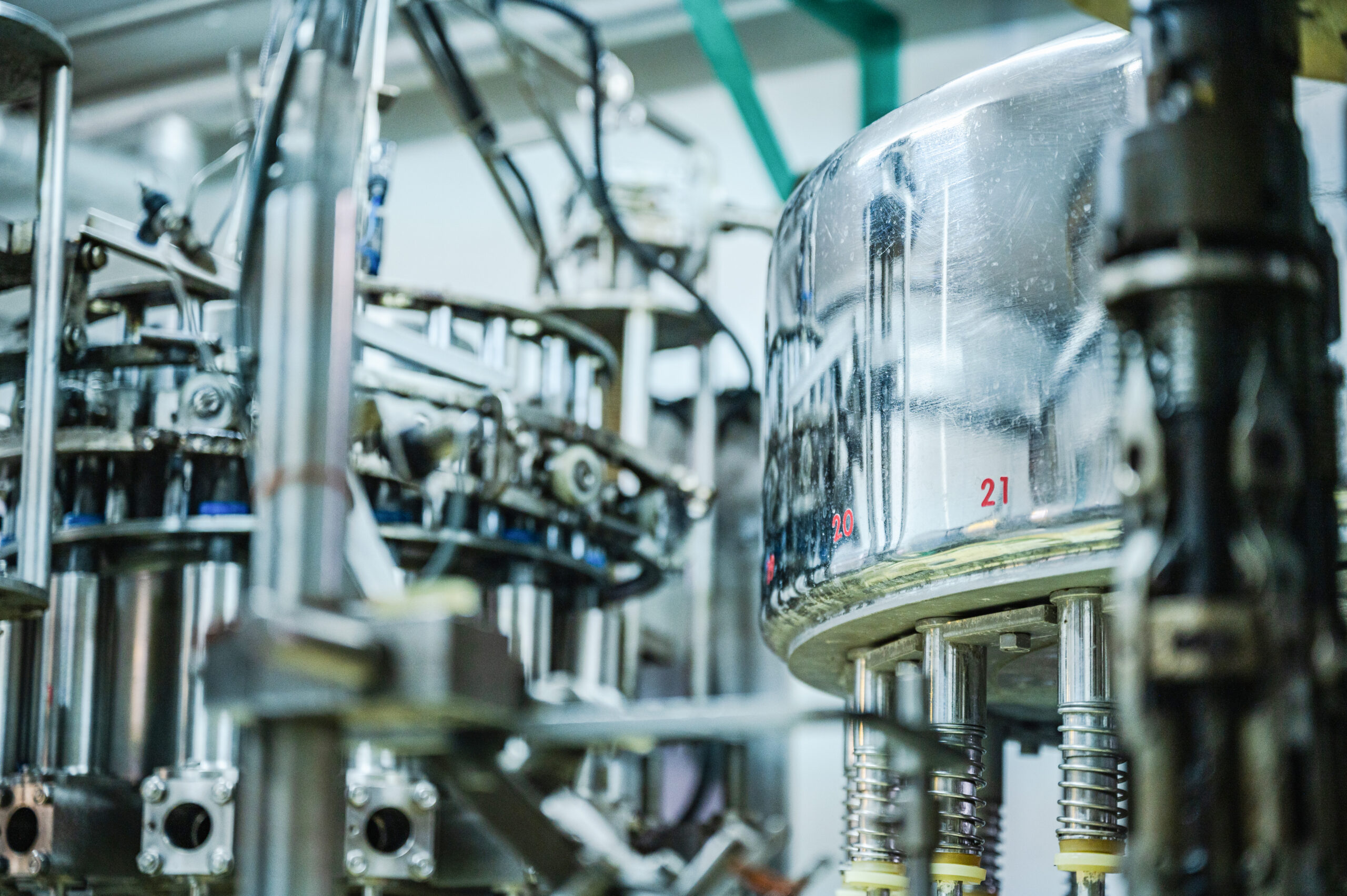The food manufacturing industry has always been a forerunner in the adoption of cutting-edge machinery to enhance its production processes. One such piece of equipment that is often essential in many food manufacturing plants is the reciprocating compressor. This article will delve into the benefits of reciprocating compressors, highlighting their crucial role in food manufacturing operations. Keep reading to unearth more about these compressors and why they are a darling in this industry.
Understanding Reciprocating Compressors: An Overview

Reciprocating compressors, widely known as piston compressors, are categorized among the most prevalent types of compressors used in various industry sectors. The design of these workhorses includes a piston that moves inside a cylinder to compress the air. Discharge pressures can dramatically vary based on the design and application of the reciprocating compressors.
These compressors are revered in numerous industries for their capacity to deliver high pressure. This aspect makes reciprocating compressors exceptionally efficient for a myriad of applications, including food manufacturing processes.
A vast number of these compressors are designed to be hard-wearing and durable, hence withstanding the rigors of industrial usage. The rugged design ensures they provide reliable performance while battling elements of wear and tear.
Furthermore, their ease of maintenance and ability to be overhauled pave the way for prolonged lifespans, which can stretch to several decades. This makes the compressors decidedly economical in the long run.
Enhancing Food Quality
Reciprocating compressors make a substantial contribution to food quality by delivering clean, dry, and contaminant-free compressed air. Any presence of contaminants in the compressed air may lead to deterioration in food safety and quality. Thus, the pivotal role of these compressors in air treatment cannot be downplayed.
Operating at high pressures, these compressors minimize moisture content in the air. This significantly curbs the risk of microbial growth, which often thrives in moisture-laden environments, thereby safeguarding the quality of food products.
These compressors also contribute significantly to maintaining the freshness of food products. During the packaging process, products are often exposed to oxygen, which can lead to their oxidation, consequently decreasing their shelf lives. Reciprocating compressors ensure adequate pressure is maintained during packaging to minimize oxygen exposure.
By delivering impeccable air quality, reciprocating compressors help in maintaining the organoleptic properties of food products, thus enhancing their quality, taste, and shelf-life.
Lowering Maintenance Costs

Operation and maintenance costs inevitably impact the overall operation efficiency in food manufacturing. Reciprocating compressors, renowned for their reliability and durable build, make a favorable case in this aspect.
The robust design of these compressors requires fewer intervals of breakdown maintenance, allowing for smooth, uninterrupted operations. The sturdy construction helps resist wear and tear, hence reducing breakdown incidences and maintenance costs.
Another advantage lies in the relatively straightforward internal design which allows for easier and quicker general maintenance. This significantly trims down maintenance costs and minimizes downtime, consequently enhancing productivity.
In an industry where maintaining optimal operational efficiency is of utmost importance, adopting reciprocating compressors is not only financially prudent but also bestows operational value by reducing maintenance expenses and maximizing equipment lifespan.
Energy Efficiency
In an era where energy efficiency is a significant concern, reciprocating compressors come forth as winners. With their superior design, they are able to deliver higher pressures at higher energy efficiency, thereby conserving energy and reducing operational costs.
Reciprocating compressors operate by drawing in air during the piston’s downstroke and compressing it during the upstroke. This dual action allows for greater energy utilization, translating into significant energy savings.
Moreover, the capability of these compressors to operate efficiently under varying conditions makes them a favored choice, especially in food manufacturing units, where load conditions can fluctuate frequently.
Thus, by adopting reciprocating compressors, food manufacturing units can embrace a sustainable means of operation, reducing carbon footprints, and deriving economic benefits through energy savings.
Altogether, the integration of reciprocating compressors brings enormous merits in automating and enhancing food manufacturing processes. They not only offer reliability and high performance but also ensure the quality of food products while helping cut down operational and maintenance costs. Their contribution to augmenting energy efficiency in food manufacturing further demonstrates their indispensability in this industry.







